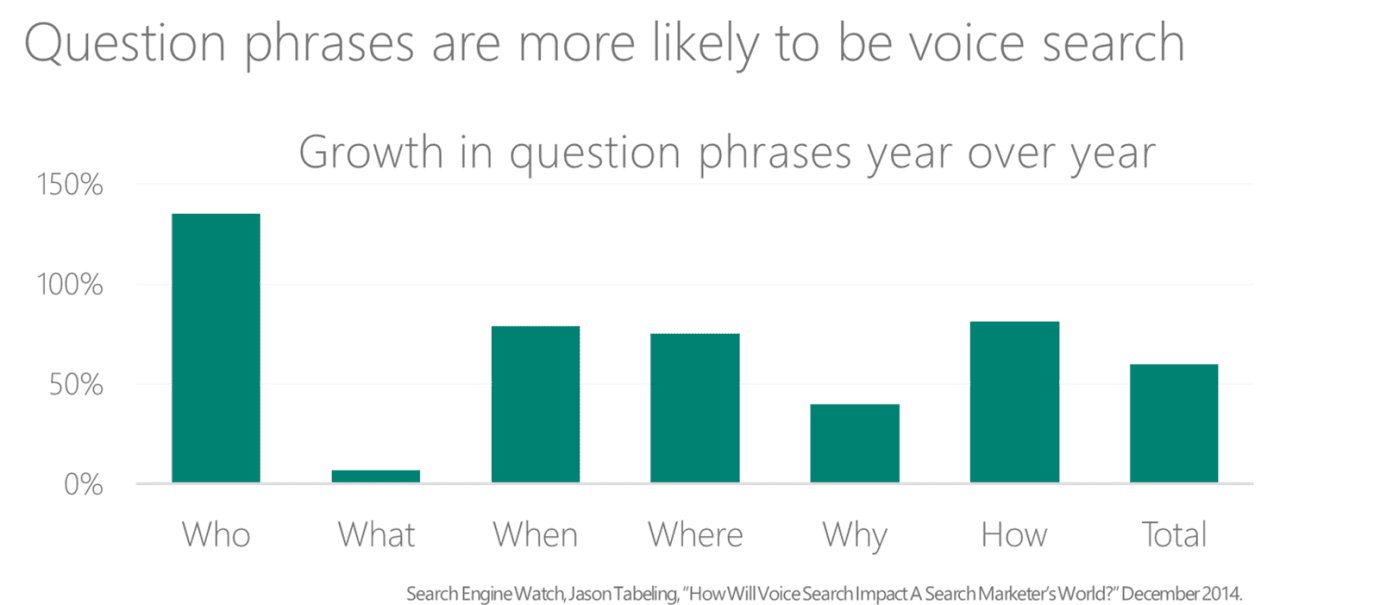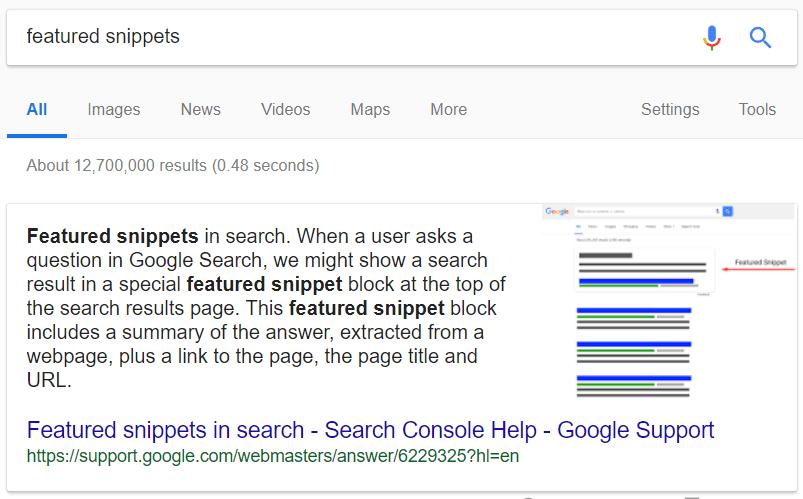Voice Engine Optimization, are you prepared?

What is VEO and how to take advantage of it?
Voice Search has remained resolute in revolutionizing the way people search for a product, service, and information online. This led to Voice Engine Optimization or VEO; more so, the market demand and gradual proliferation of wearable techs, smart speakers, and other IoT devices have further made the need for voice search a necessity.
Research has revealed that about 50% of all Internet searches will be done via voice by the year 2020. Now, the big question here is, how well have you re-strategized your business to take advantage of this coming riptide?
Voice Search Is Here to Stay, And It’s Not Leaving Anytime Soon
Speech recognition technology has been around for decades now; however, with the emergence of artificial intelligence and machine learning in recent years, we are currently experiencing significant changes in voice search. Voice Search has walked past its early adopter stage with utter swiftness because:
- It’s more convenient and faster in responding to voice search queries.
- The answer is read
- You need not type any keywords.

Interested in seeing more concrete facts that back up the above voice search statistics? Check out our previous article on Voice Search Trend.
Much like there’s a difference between a traditional SEO and SEM, so too is there a difference in how VEO (Voice-based Engine Optimization) / Voice SEO works. In this article, we will show you how to optimize your content and website for voice search and wearable tech.
Let’s begin by understanding what VEO or Voice SEO is all about.
What Is Voice-based Engine Optimization or Voice SEO?
Voice engine optimization (VEO) is Chatmeter’s trademarked term for voice-based search engine optimization. VEO entails optimizing your content, location, and brand information to increase your likelihood of powering voice search results.
Voice search refers to verbal searches made to devices with Google Assistant, Siri, Alexa, or Cortana. Unlike SEO, VEO has an even smaller search window (top 3 results for mobile and one result for smart speakers), making it even more important to have a VEO plan in place.
Many businesses are now adding voice engine optimization (VEO) as a growing and essential part of their digital marketing plan. If your business depends on VEO – or soon will – don’t be a cranky privacy paranoiac that’s probably thinking that it’s too early to think about voice search.

Looking at the market penetration level of voice search across different verticals since the year 2017 alone will give you a clue.
Before we talk about how to optimize your website for voice search lets quickly analyze how voice search is currently used.
How Voice Search Currently Works
Voice queries contain conversational words and are longer
As you already know, text searches were always based on specific keywords. We tend to remove unrelated keywords and use short phrases when conducting a text-based search because it saves time.
For example, when you search for a language school via typing on your PC or phone, you’re probably going to only search for three or maybe five keywords: “Best Coffee Shops in Texas” You pick the first results and study them before making a decision on where to get a coffee the next time you are in Texas.
However, if you use voice search, you will probably ask a question, like “Where Is the Best Coffee Store in Texas?”

The above Graph shows the major difference between a voice search and text search.
Don’t make the mistake of equating voice search optimization to using long-tail keywords in your content. Voice search is more likely to contain question phrases. Keyword research tools generally won’t find phrases that people speak while using mobile assistants.

So you need to brainstorm what kind of questions people might ask related to your target keywords. Answer the Public is one of the popular SEO tools to help you with that. All you have to do is type in a root keyword, and it will return a map and a list of commonly asked questions related to that keyword. Samurai and StoryBase are also useful tools to try.
22% of voice queries are for local content.
Google revealed that “near me” searches have grown more than 130% Year-on-Year. People extensively use the search query for “things to do near me.” It is a mobile-driven phenomenon. Voice search makes these “near me” searches faster and easier for the user.
Given that users have local intent when searching on their mobile phones, you need to get the keywords right. You can gain a lot more business by carefully adding the following keywords into your SEO strategy:
- Phrases that describe the neighborhood around your business location
- “Near me” in your title tags, meta description, internal links, and anchor text
- Landmarks around your business location
- The titles of local institutions that are relevant to your business
Users love super-fast results.
People use voice search to find local information and not to do some other things like visiting a website etc. They already have a clear intent when looking for services by a local business.
Google returns the nearest search result with their addresses, distance from the user’s location, timings, and reviews. If you’re not familiar with the name “featured snippets,” you almost certainly recognize what they look like.
Featured snippets appear at the top of the SERPs. Google pulls the most relevant content and places it in a box like this:

Your business listing should have a good number of positive reviews. Also, update your office hours, contact details, physical address, and the like. There’s no guaranteed way of getting your page as a featured snippet. Still, you should attempt to get a berth at the coveted number 0 spot by answering your user’s questions.
Now, let’s look at the strategies you need to put in place to optimize your website for voice search
Top 5 Strategies to Optimize Your Website for Voice Search and Wearable Tech
Considering the influence voice-based search is going to have in the next few years, here are a few tips for Voice Engine Optimization.
Optimize Your Business Listings
It’s essential to keep your business listings clean and your name, address, and phone (NAP) data consistent. Approximately $10.3 billion are lost each year just because of missing and inaccurate listings. Make sure you’re providing accurate business information to users.
Use Structured Data
Aside from the content, search engines take a lot of things into consideration to determine a page’s relevance and position in their search results. Professional SEO experts can also leverage these additional factors to further optimize their content for search engines.
Using structured data is also a good SEO practice overall, as it can help Google feature elements of your content in search results. Schema Markup, also known as structured data, gives you an edge over your competitors.

After you must have implemented structured data markup for your voice optimized pages, you can then use Google’s Structured Data Testing Tool to check your work before submitting the new sitemap to Search Console.
Ensure Your Website Is 100% Mobile Friendly
Most times, voice searches are performed with mobile devices, remember? And much of what you can do to optimize your website for voice search is also beneficial for mobile-first optimization. That’s not all, your website also needs to load fast, so ensure the page load speed is at a breakneck. You can use the Page Speed Analysis to check the speed of your website. Ensuring your site is mobile-friendly through faster and responsive pages, simple and easy UX, AMP pages and great content will increase the likelihood of being found online via a voice-based search.
Create A Blog That Answers Customers Question (a FAQ page)
If you can still recall, we mentioned that the major difference between text search and voice search is just the way the search queries are being asked and the length of the search keywords involved. Well, if you want your website to be optimized for voice search, you should be able to provide answers to your readers. You need to answer some of the most common questions related to your industry, questions the users may ask verbally – and having a FAQ page on your website is one of the best ways to do that.
Full Site Optimization & Securing your website with SSL
According to a study, google mostly favor secured and certified websites; since security and authority factor into the results provided by Google. Switching from HTTP to HTTPS protocol assures your visitor and Google Bot that your website can be trusted and as a consequence, that it complies with all the rules of the good online practices.
Your New Content Strategy Should Focus on Questions
Forty-one percent of people who use voice search say it feels like talking to a friend.
These people are engaging with their voice-activated speakers as if they were human. Thus, how they conduct voice searches also differ. They don’t merely say keywords. They ask questions. So, focus on using conversational, long-tail keyword phrases in your content as this will help you to answer natural language questions better. You need to find the natural language keyword phrases that your target audience is most likely to ask.
Test It Out
Voice-based Search is still a relatively new concept. To be best prepared, you should test the voice-based function for yourself and optimize accordingly. Buy one – or all – of the voice assistants and test how well you perform for the customer questions you hear most frequently. If your competitors are outperforming you, reverse engineer their success and improve your results.
In Conclusion
Optimizing your website for voice search can be overwhelming, considering all the necessary procedures and steps it requires, however, incorporating these strategies into your overall optimization efforts can help you ensure you’re prepared to capture new voice traffic as adoption continues to grow.

